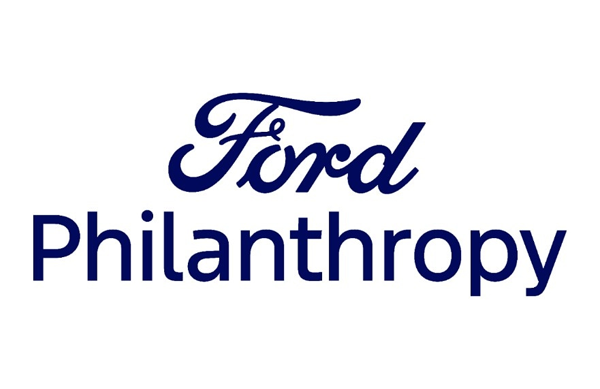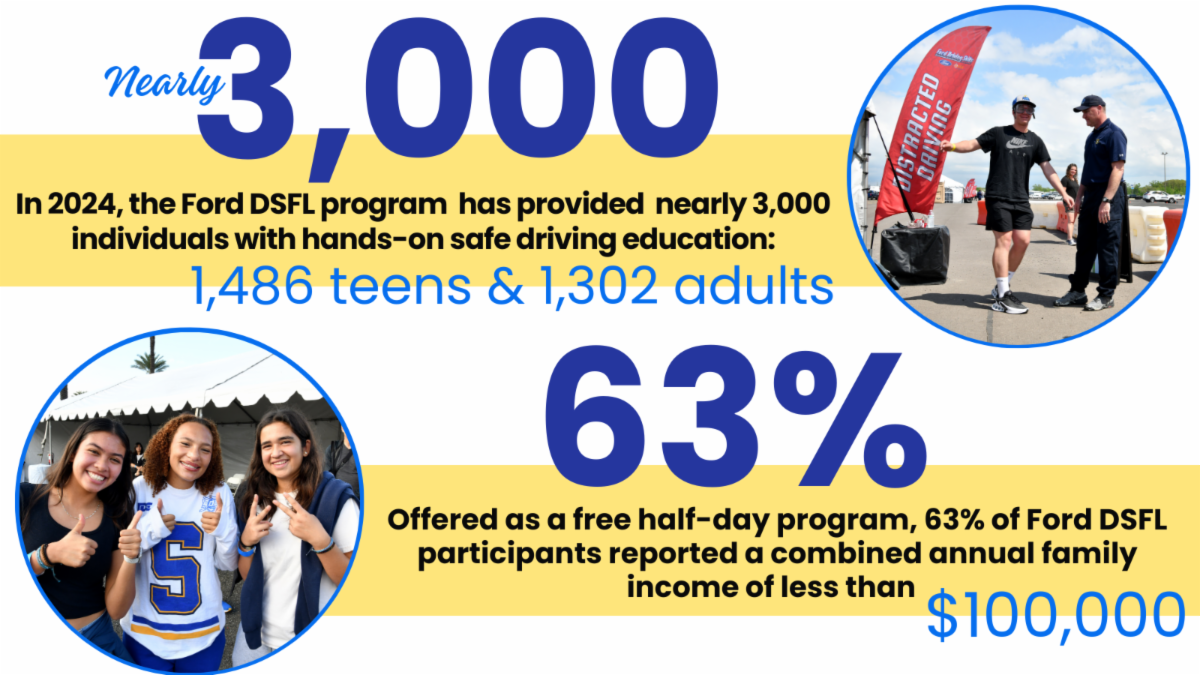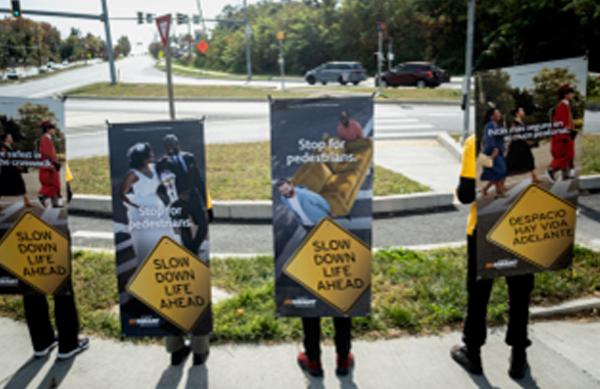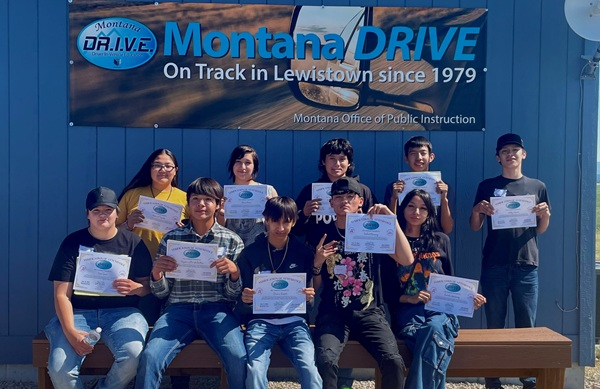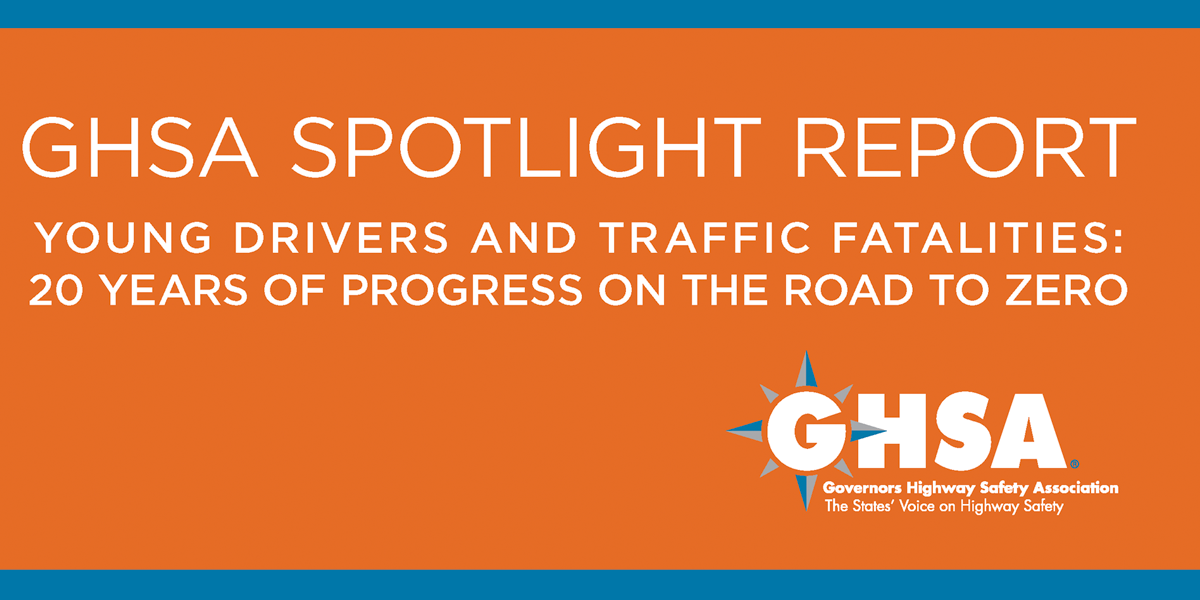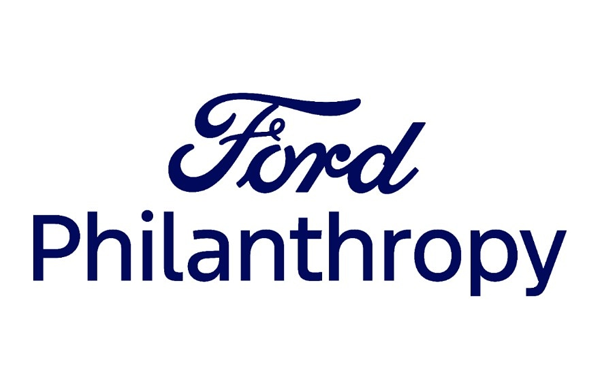Since 2003, Ford Philanthropy has invested more than $60 million in the Ford Driving Skills for Life program, a long-standing contribution to the goal of zero traffic deaths on U.S. roads. Driving Skills for Life provides free, advanced, hands-on driver education – including sessions on protecting pedestrians, bicyclists and scooter riders – to more than 1.25 million newly licensed teen drivers in all 50 U.S. states and 46 countries worldwide. Giving teens the tools and training they need to make better decisions behind the wheel creates safer roadway conditions for everyone, regardless of whether a motor vehicle is part of their mobility journey.

